The ‘lure of the seaside’ under ecological pressure

2023 laureate project of the International Networks in HSS programme, the BeachAccess network studies social relations to the beach within the context of the environmental crisis. An overview by Isabelle Bruno, lecturer at the University of Lille and member of the Institut Universitaire de France, and Grégory Salle, research director at the CNRS.
Who is responsible for sandy beaches as they shrink and threaten to disappear? What kind of relationship should we maintain with these environments facing the dual threat of surging populations and coastal erosion—places ever increasingly seen as refuges in the event of heatwaves, megafires, and pandemics? Does human pressure on coastal ecosystems not undermine a seemingly universal demand for public access to beaches, protected against private ownership and commercial exploitation? How best can we address the ways in which ecological challenges collide with social issues, given the ‘dual identity’ of beaches as desirable social spaces and vulnerable living environments?
These are the key questions that drive this research network, which brings together members from Brazil, California, and France, and whose name pays tribute to Alain Corbin’s classic work The Lure of the Sea: The Discovery of the Seaside in the Western World.



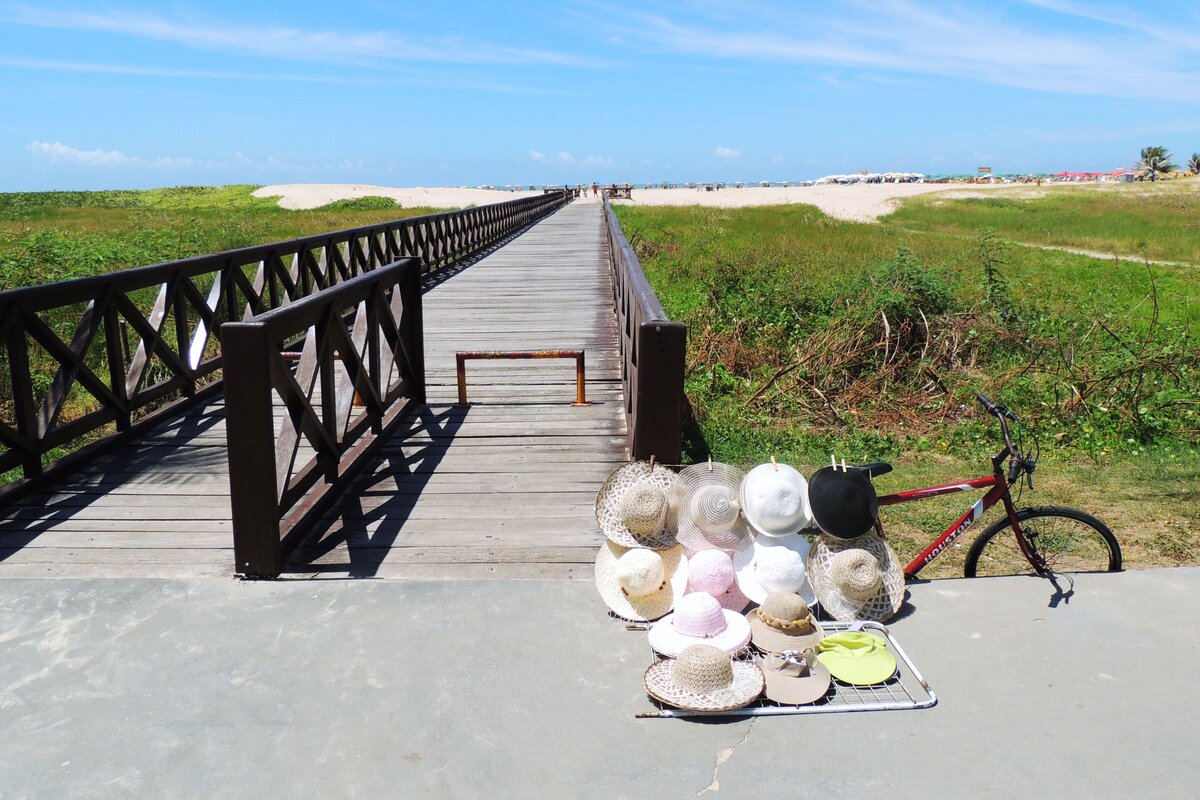




The beach is predominantly represented as a place of tranquillity, one intended for relaxation, unhindered by restrictions, and free from everyday constraints. However, this image overlooks the inhospitable side of the coast and perhaps even its dystopian potential, as evidenced by the bodies of drowned migrants. We also tend to forget that beaches form the backdrop for all manner of inequalities, rivalries, and disputes. From Mexico to New Zealand, Greece to South Africa, conflicts of beach ownership represent a growing trend, turning coastlines into disputed territories. Manifested in a variety of ways, the underlying issue in each case relates to beach access and its social conditions; in other words, the disparity that exists between the principle of free access to a supposedly unrestricted public space and the reality of the material and symbolic barriers that impede the equal enjoyment of this right.
Our aim is therefore to study the privatisation of coastlines, the commodification of natural spaces, the socio-spatial segregation of coastal land, and the legal measures and public policies employed to govern beaches within the context of climate change and rising sea levels—a context that supports the sociological hypothesis that beaches, marginal spaces generally regarded as peaceful and welcoming, could well be key areas of conflict in the twenty-first century.
This sociological hypothesis must, however, be set against the ecological assessment that the material conditions for human habitability are currently under threat, particularly in coastal areas. In this sense, beaches can be seen as areas under socio-ecological tension, caught between residential or commercial land grabbing, demands for unrestricted public access to coastal land, seen as common property, and the ecological necessity to protect these fragile habitats.
We seek to explore this tension by means of a multidimensional approach, viewing the beach as a physical and social space, an ecosystem and a historical construct, a living environment and a matter of public policy.
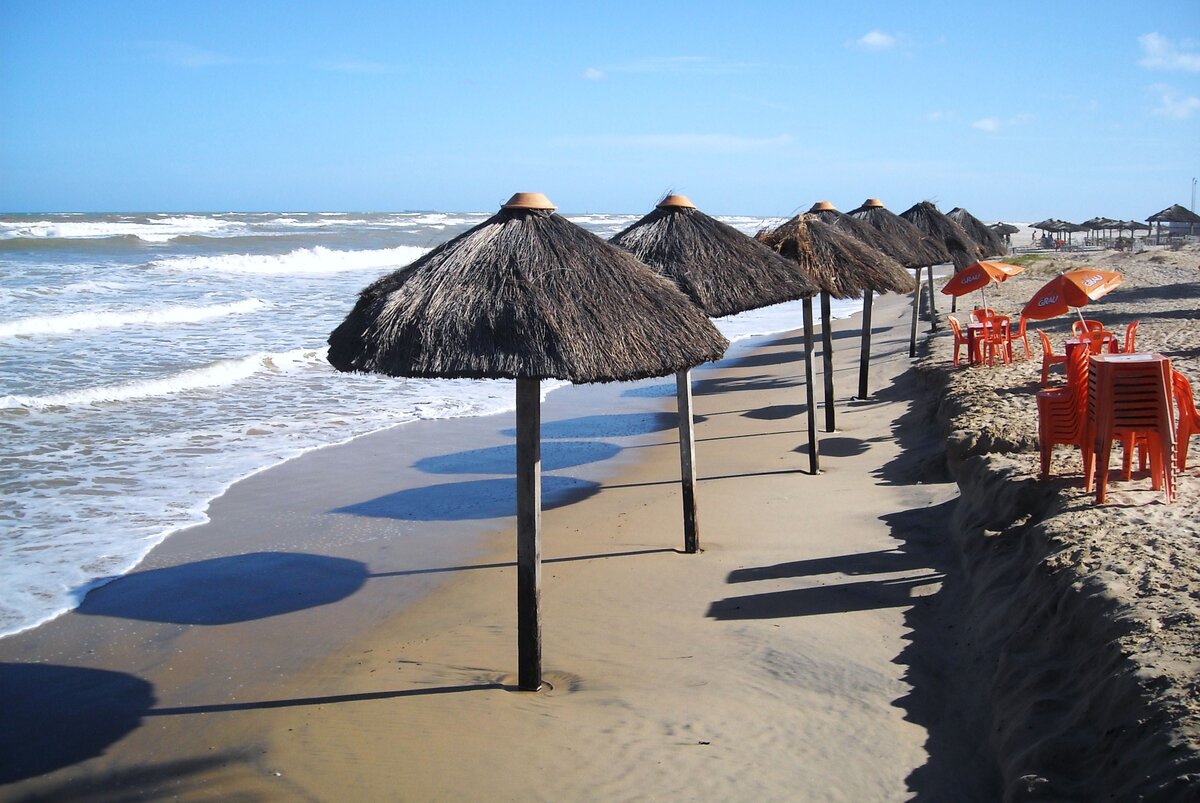


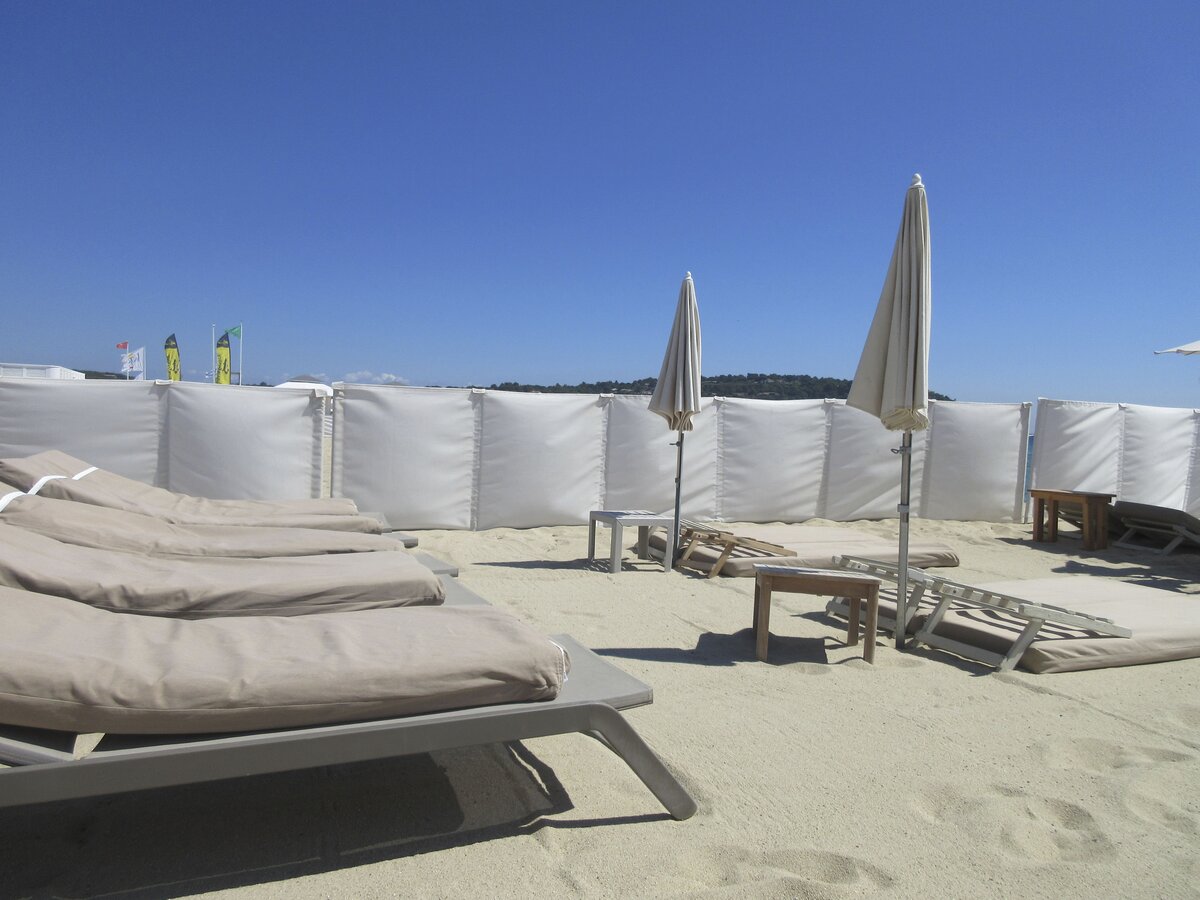


Établissement de plage à Aracaju, État de Sergipe, Brésil
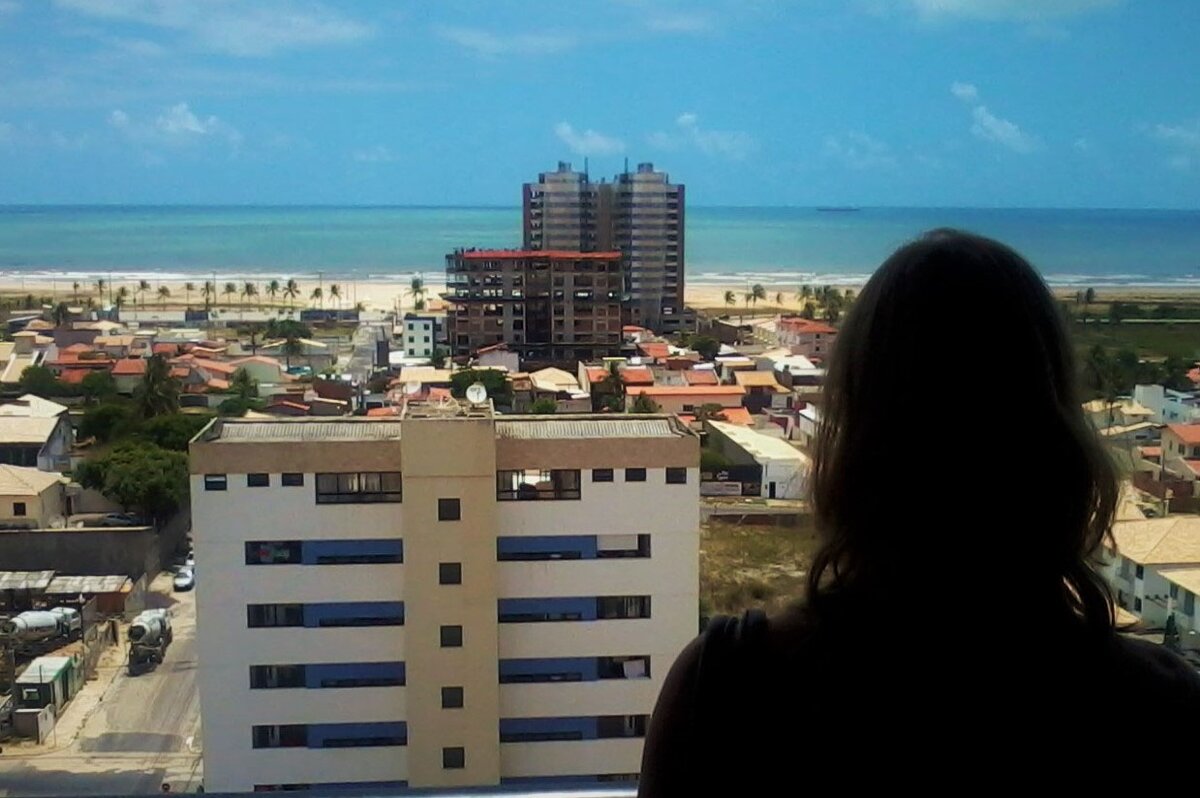
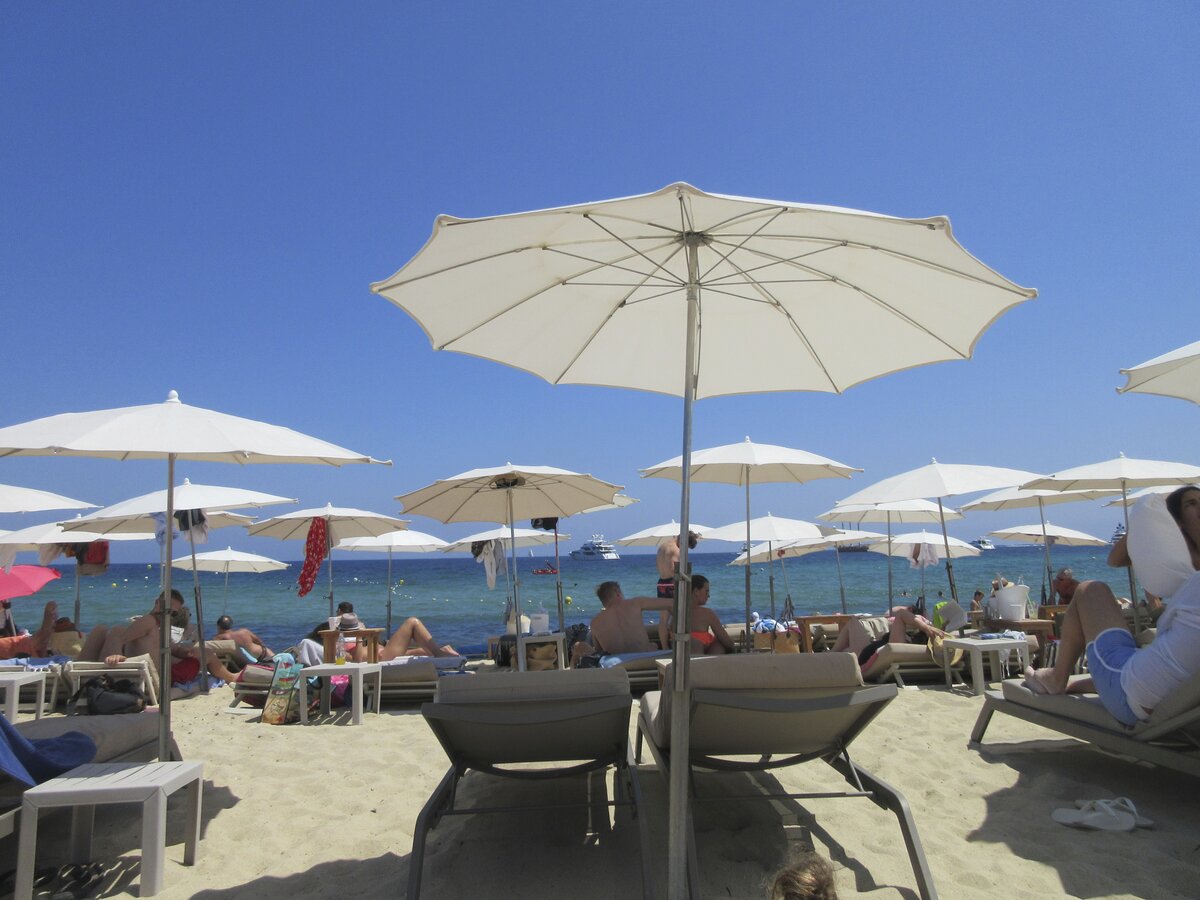

Établissement de plage à Aracaju, État de Sergipe, Brésil
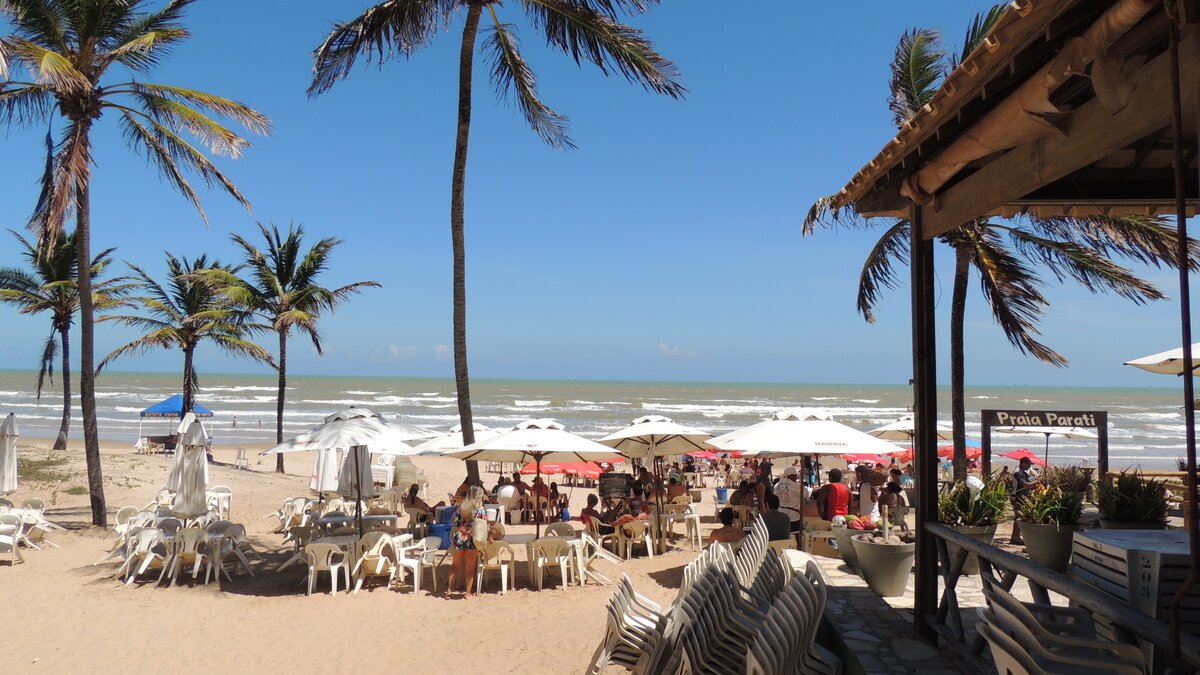
Établissement de plage à Aracaju, État de Sergipe, Brésil




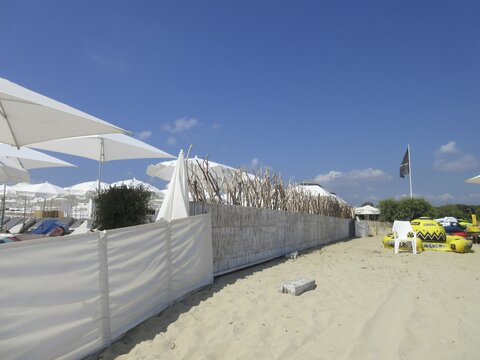



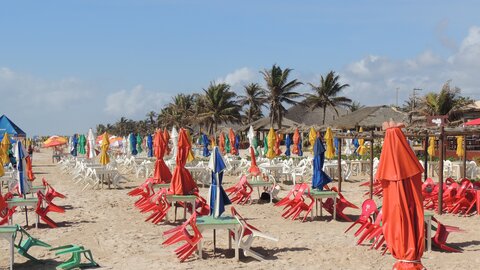

This tension is the result of a double movement of enclosure—in reference to the movement of appropriation studied by Karl Polanyi and Edward Thompson, drawing on the work of Karl Marx—and retreat. From this standpoint, the beach can be seen as the object of a current shift in perspective, comparable to the shift that took place between the mid-eighteenth and nineteenth centuries when the coast ceased to be seen as repulsive and became a desirable destination. Following in the footsteps of historian Alain Corbin, whose seminal work uncovered the conditions that led to the emergence and expansion of a ‘collective desire for the shore’— through a myriad of elitist rhetoric and practices—our aim is to examine the way in which environmental changes influence social relations to the beach, both in terms of (material) use and (symbolic) representations. The result is a dual examination of inequalities of access and inequalities linked to retreat, with respect to the ‘strategic retreat’ from coastal areas, a phenomenon that contrasts with the excesses of coastal urbanisation.

Combining fieldwork with discourse analysis, and ethnographic and statistical methods, our aim is to shed light on the controversies and disturbances arising from the phenomenon of coastal squeeze. Neither a mere landscape nor a resource, the beach is, in this way, seen as a stage for ‘conflicting methods of consuming nature’, to which Jean-Claude Chamboredon referred in his work on the countryside. To this end, we are conducting comparative studies in three countries (Brazil, the United States, and France) along three sea or ocean shorelines (the Atlantic, Pacific, and Mediterranean).
Behind the frivolous appearance of seaside leisure, the beach plays host to major scientific and practical challenges, which touch as much on social relations as on living environments. In essence, these peripheral border spaces place us at the heart of contradictions of modernity and debates related to the Anthropocene.
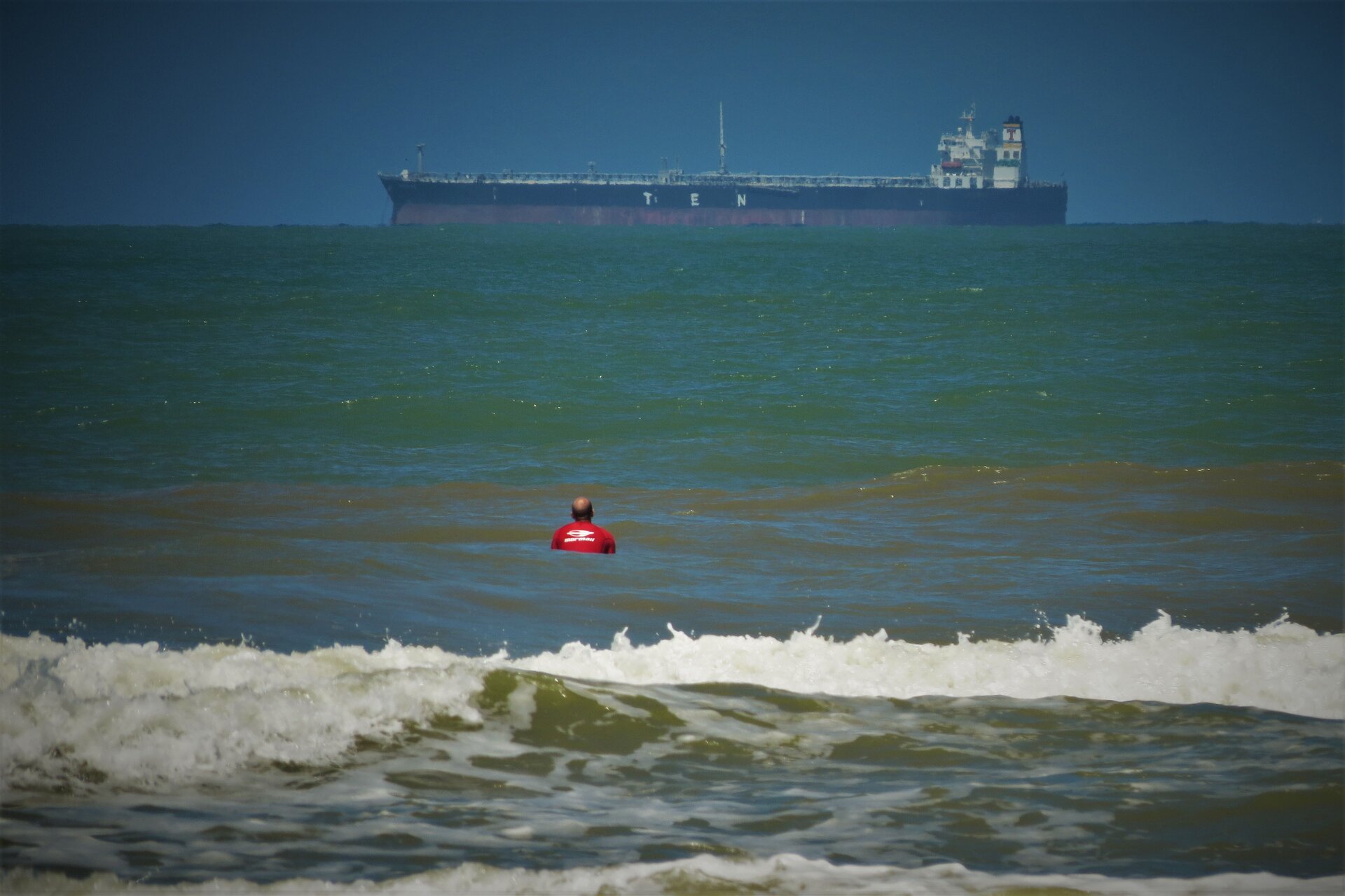

Isabelle Bruno, lecturer at the University of Lille and member of the Institut Universitaire de France, and Grégory Salle, research director at the CNRS. BeachAccess. The “lure of the seaside” under ecological pressure: Beach access between environmental justice and coastal protection
Article published in the second issue of the Journal de la FMSH.




Se souvenir d'Humoresques

Sous les temps de l'équateur

Du préjugé


